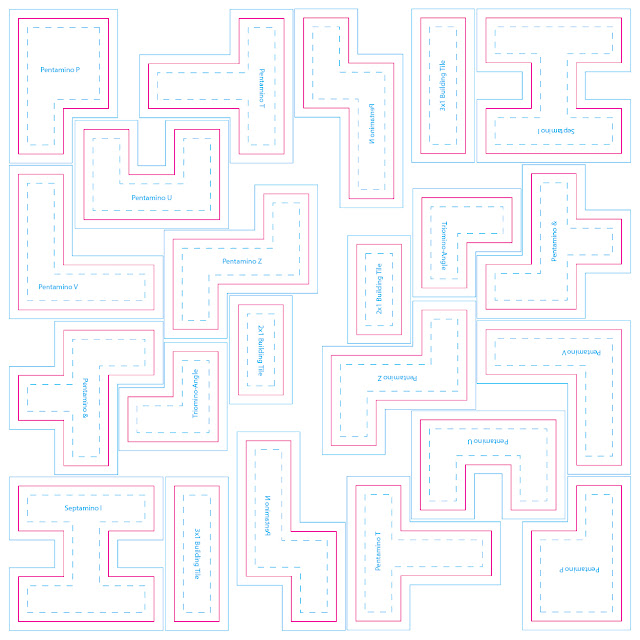Zoomies: a Trick-Taking Game for the Mirror Deck
Hi all! Following up my earlier post about analyzing the unique aspects of the Mirror Deck, I promised a trick-taking game using the deck. Here it is! -~-~-~-~-~-~-~-~-~-~- Zoomies A trick-taking game for the Mirror Deck. You are cats wildly climbing up and down. The player with the most points gets in trouble for breaking the furniture. The player with second-most points at the end of the game wins. Overview Players: 4 Time: 15 Min Age: 8+ About the Mirror Deck This deck is 54 numbered cards. Each card is numbered 1 through 99, but each two digit number can be reversed. For example, the 53 card is also the 35 card. All the single-digits’ counterparts are multiplied by 10. For example, the 01 card is also the 10 card. Setting Up the Game Shuffle the deck and set it to the side of the play area. Remove 2 cards from the deck. They will not be used in this game. Setting Up Each Round The game is played over three rounds. At the start of each round, deal cards from the deck to each playe...




